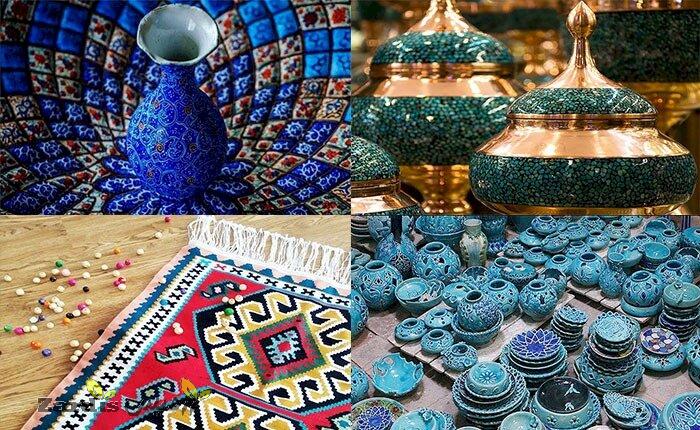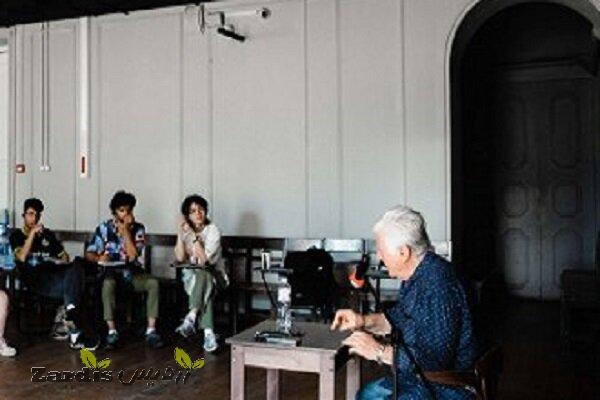TEHRAN –Karaj, the capital of the northcentral Iranian province of Alborz, eyes to be named a national city of handicrafts, the provincial tourism official has said.
Due to Alborz’s status as the capital of tribes and the presence of various ethnic groups living in this region, the handicrafts in this region are of great variety, Fereydoun Mohammadi added on Tuesday.
Being recognized as a hub for handicrafts gives several craftspeople, who are practicing different fields of handicrafts in workshops scattered across the province, the opportunity of promoting their works as well as help tourism development in the region, the official added.
Various forgotten and neglected handicrafts fields are also planned to be revived in the province, he explained.
Alborz province is surrounded by Mazandaran, Tehran, Markazi, and Qazvin provinces. Its name is driven by the Alborz Mountains. A significant part of the mountains is located in the north part of the province. Historical resources and documents as well as archeological studies indicate that Alborz has a rich culture dating back to prehistoric times.
With 14 entries, Iran ranks first globally for the number of cities and villages registered by the World Crafts Council, as China with seven entries, Chile with four, and India with three ones come next.
In January 2020, the cities of Shiraz, Malayer, and Zanjan and the village of Qassemabad were designated by the WCC- Asia Pacific Region, putting Iran’s number of world crafts cities and villages from ten to 14.
Shiraz was named a “world city of [diverse] handicrafts”. Malayer was made a global hub for woodcarving and carved-wood furniture. Zanjan gained the title of a “world city of filigree”. And Qassemabad village, which is nationally known for its traditional costumes, was also promoted to a world hub of handicrafts. Chador Shab, a kind of homemade outer-garment for women, was, however, the main subject for the WCC assessment for the village.
Iran exported $523 million worth of handicrafts during the calendar year 1398 (ended March 19, 2020). Of the figure, some $273 million worth of handicrafts were exported officially through customs, and about $250 million was earned via suitcase trade (allowed for customs-free and tax-free transfer) through various provinces, according to data provided by the Ministry of Cultural Heritage, Tourism and Handicrafts.
Ceramics, pottery vessels, handwoven cloths as well as personal ornamentations with precious and semi-precious gemstones are traditionally exported to Iraq, Afghanistan, Germany, the U.S., the UK, and other countries.
ABU/AFM
Zardis news | The latest news of Iran and the world
تمامی حقوق مطالب برای "Zardis news"محفوظ است و هرگونه کپی برداری بدون ذکر منبع ممنوع می باشد.
طبق ماده 12 فصل سوم قانون جرائم رایانه ای کپی برداری از قالب و محتوا پیگرد قانونی خواهد داشت.







